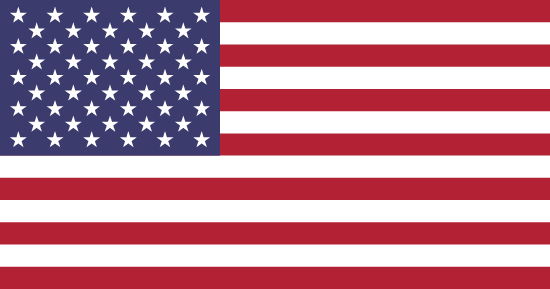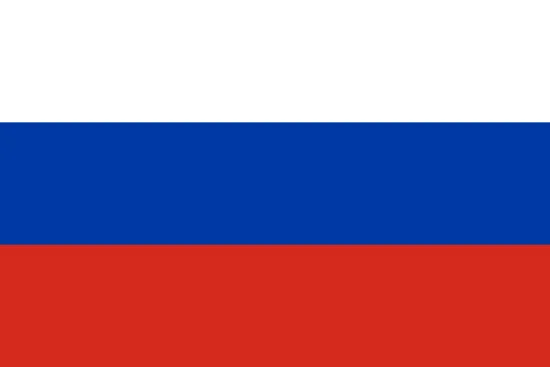
TS/TSG 1500W DC speed control board high torque high power speed adjust board for bag making machine
>= 1 Set(s)
US $50.00
Top Selling




- OVERVIEW
- SPECIFICATIONS
- OTHER
Brief Introduction
The DC speed control board is a circuit board that adjusts the speed of the dc motor. Because the DC motor has the characteristics of low speed and high torque, it cannot be replaced by the ac motor.
TS/TSG-1500W DC motor speed control board is a DC motor speed control device that uses a thyristor trigger circuit to regulate voltage. The speed control board has the advantages of small size, light weight, low price, mature and reliable technology, and high speed regulation accuracy. , can be used alone or directly installed on the DC motor to form an integrated DC speed control motor, which has all the functions that the speed control board should have. It can be widely used in papermaking, rubber and plastics, food, printing, metallurgy and other mechanical equipment that require speed regulation. It has the function of automatic tracking and stepless speed regulation with the displacement sensor. The external photoelectric switch can control the speed without contact from a long distance; Added functions such as voltage negative feedback, overcurrent, short circuit protection and soft start, but the wiring method is exactly the same as before. The work is more stable and reliable, and the performance index of the new product is better than that of the old product. It is an ideal product for DC motor speed regulation.
Main Features
1. Realize stepless speed regulation with thyristor trigger
2. Introduce voltage negative feedback technology to make the speed more stable
3. With over-current and short-circuit protection devices to make the performance more reliable
4. With a soft start device to eliminate the excessive starting current of the motor
5. Equipped with flexible multi-function interface
Technical Parameters
| Model type | TS/TSG 1500W |
|---|---|
| Working voltage | AC 220V±10% |
| Max. current | 15A |
| Armature voltage | DC 0-220V |
| Excitation voltage | DC 200V/1A |
| Control method | Photoelectric, displacement |
| Connect method | Plug-In  |
| Fitted motor | 50-1500W |
Circuit Board Wiring Diagram

(1) GND: DC1 W negative power supply;
(2) +12V: DC1 W positive power supply;
(3) -12V: Non-isolated negative power supply;
(4) 0V: Non-isolated positive power supply, low-speed end of speed regulation;
(5) -5V: speed adjustment high speed end;
(6) CP: speed adjustment end;
(7, 8, 9) C2, C2, H1: DC motor armature (small resistance);
(10, 12) F2, F1: DC motor excitation (large resistance)
(11, 13) 220V: 50HZ or 60HZ AC power supply;
(14) The trimmer potentiometer used for voltage adjustment, rotate clockwise, and the speed will increase; otherwise, the speed will decrease;
(15) Trimmer potentiometer for current adjustment.
1. Adjust speed directly

0V is connected to the low-speed end of the potentiometer, -5V is connected to the high-speed end of the potentiometer, CP is connected to the adjustment end of the potentiometer, and -12V and 0V are connected to the normally closed contact of the contactor to stop working. When working, the contact is disengaged to start the motor more stable.

4K7 potentiometer: single-turn potentiometer or multi-turn potentiometer (choose one)
2. Analog control (displacement controller, etc.)

Wiring method: +12V is connected to the red wire of the displacement controller, GND and -12V are connected to the black wire of the displacement controller, and 0V is connected to the output signal of the yellow or blue wire of the displacement controller (yellow wire: block and decelerate to stop working; blue wire: block accelerate to full speed work). GND and -12V are shorted.
 (click the link for more information about displacement controllers 3/4 wires)
(click the link for more information about displacement controllers 3/4 wires)
3. Switch control (photoelectric switch, etc.)

Wiring method: +12V is connected to the red wire of the photoelectric switch and +12V of the isolation board, GND is connected to the black wire of the photoelectric switch, and OUT of the isolation board is connected to the signal line of the photoelectric switch. The 0V/IN and -12V of the isolation board are respectively connected to the 0V and -12V of the TS/TSG control board.
More Choices




 العربية
العربية français, langue française
français, langue française हिन्दी, हिंदी
हिन्दी, हिंदी Bahasa Indonesia
Bahasa Indonesia فارسی
فارسی Português
Português русский
русский Español
Español Afrikaans
Afrikaans





